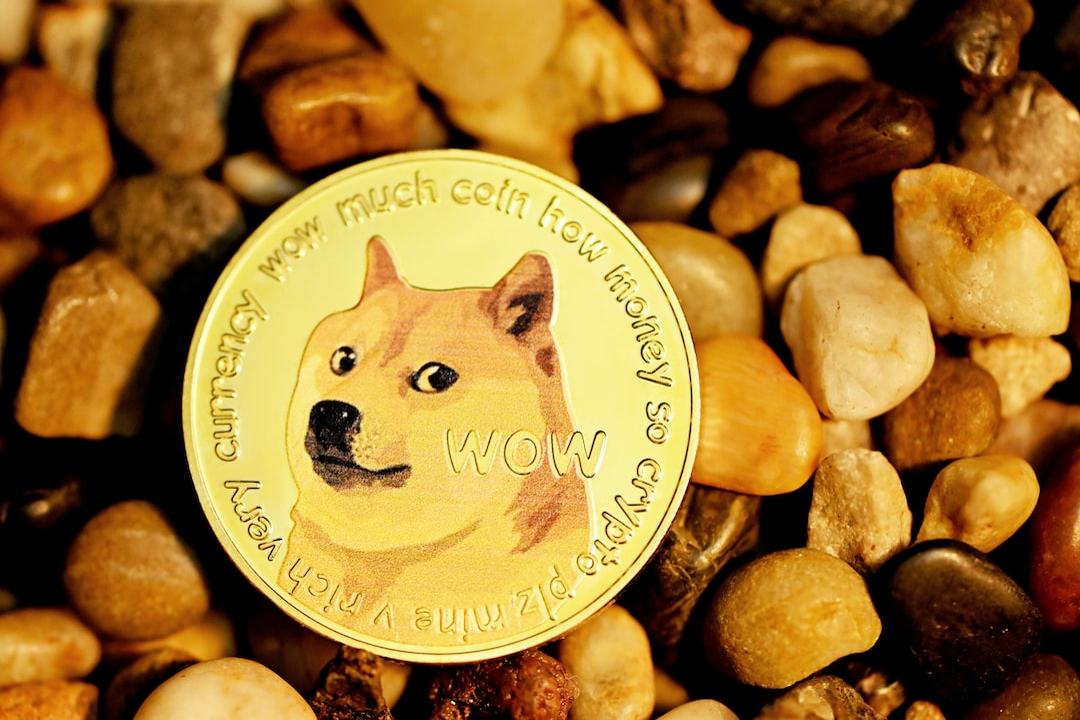Through the DAT Strategy, BitMine is Opening the Path to Wealth Growth in Ethereum
This article is sourced from a piece by Pantera Capital, organized, compiled, and written by Deep Tide TechFlow.
(Background: Koreans are rushing to buy “Crypto US Stocks,” BitMine becomes the top target)
(Background Supplement: The Queen of Stocks enters Ethereum! Ark Invests $182 million in BitMine; SharpLink Gaming buys another 80,000 ETH)
Our investment theory in Digital Asset Treasuries (DATs) is based on a simple assumption: DATs can increase their net asset value per share through generating income, thereby accumulating more token holdings over time, rather than merely holding spot positions. Therefore, investing in DATs may offer higher return potential compared to directly holding tokens or holding them through exchange-traded funds (ETFs). Pantera has invested over $300 million in various tokens and regional digital asset treasuries (DATs). These DATs leverage their unique advantages to expand their digital asset holdings through strategic operations that enhance per-share value. Below is a brief overview of our DAT investment portfolio.

BitMine Immersion (BMNR) is the first investment of the Pantera DAT Fund, exemplifying a company with a clear strategic plan and execution capabilities. Tom Lee, Chairman of Fundstrat, articulated BitMine’s long-term vision — acquiring 5% of the total ETH supply, a goal referred to as “Alchemy of 5%.” We believe it is meaningful to interpret how an efficiently operated digital asset treasury (DAT) creates value through the case of BMNR.
BitMine Case Study
Since BitMine launched its fund management strategy, it has become the world’s largest ETH fund management entity and the third-largest DAT (after Strategy and XXI). As of August 10, 2025, BMNR held a total of 1,150,263 ETH, valued at $4.9 billion. Furthermore, BMNR ranks 25th in U.S. liquidity, with an average daily trading volume reaching $2.2 billion (based on a five-day average trading volume as of August 8, 2025).
Ethereum Case
The most critical factor in the success of a DAT lies in the long-term investment value of its underlying token. BitMine’s DAT strategy is founded on a core argument: as Wall Street transitions on-chain, Ethereum is poised to become one of the largest macro trends of the next decade. As we wrote in last month’s article, “The Great Onchain Migration” is underway, with the importance of tokenization innovation and stablecoins becoming increasingly prominent.
Currently, there are $25 billion in real-world assets on public blockchains, along with $260 billion in stablecoins, collectively making them the 17th largest holder of U.S. Treasury bonds.
“Stablecoins have become the ChatGPT narrative in the crypto space.”
– Tom Lee, Chairman of BitMine, Pantera DAT Call, July 2, 2025
Most of these activities are occurring on Ethereum, which enables ETH to benefit from the growing demand for block space. As financial institutions increasingly rely on Ethereum’s security to support their operations, they will be incentivized to participate in Ethereum’s Proof-of-Stake network — further driving the demand for ETH accumulation.
Growth in Per-Share ETH Quantity (“EPS”)
After establishing the investment value of the underlying token, the core business model of a digital asset treasury (DAT) is to maximize the growth of per-share token quantity. Here are the main methods to enhance per-share token quantity:
- Issuing shares at a premium to token net asset value (“NAV”).
- Issuing convertible bonds and other equity-linked securities to monetize the volatility of stocks and the underlying tokens.
- Acquiring more tokens through staking rewards, DeFi yields, and other operational income. Notably, this is an additional advantage unique to ETH and other smart contract token treasuries, which early Bitcoin treasuries (like Strategy) do not possess.
- Acquiring other digital asset treasuries trading close to or below their net asset value (NAV).
In this regard, BitMine has impressively increased its per-share ETH earnings (also coincidentally called “EPS”) at a remarkable pace within the first month of launching its ETH treasury strategy, far exceeding other digital asset treasuries (DATs). In contrast, the amount of ETH accumulated by BitMine in its first month surpassed the total accumulated by Strategy (formerly MicroStrategy) in the first six months of executing a similar strategy.
BitMine primarily increases each share quantity through issuing stocks and generating staking rewards. We anticipate that BitMine is likely to expand its toolkit in the near future, issuing convertible debt and other financial instruments.

Value Creation Actions
The price of a digital asset treasury (DAT) can be decomposed into the product of the following three components: (a) per-share token quantity, (b) underlying token price, and (c) net asset value multiple (“mNAV”).
As of the end of June, BMNR’s stock price was $4.27 per share, approximately 1.1 times its initial DAT financing per-share net asset value (NAV) of $4. Just over a month later, the stock closed at $51, about 1.7 times its estimated per-share net asset value (NAV) of $30.
This indicates that the stock price surged by 1,100% within just over a month, where: (a) per-share token quantity (EPS) increased by approximately 330%, contributing about 60% of the increase; (b) ETH price rose from $2,500 to $4,300, contributing approximately 20% of the increase; (c) mNAV expanded to 1.7 times, contributing about 20% of the increase.
This signifies that the substantial increase in BMNR’s stock price is primarily driven by the growth of its per-share ETH quantity (EPS). This is the core driver that management can control and fundamentally distinguishes a digital asset treasury (DAT) from merely holding spot assets.


The third factor we have yet to explore is the net asset value multiple (mNAV). Naturally, one might ask: why would someone buy a digital asset treasury (DAT) at a premium to its net asset value (NAV)?
Here, it can be likened to balance sheet-based financial businesses, including banks. Banks generate income from assets, and investors will assign a valuation premium to those banks that can consistently create returns exceeding the cost of capital. For example, the highest quality banks typically trade at a premium above their net asset value (NAV) or book value, such as JPMorgan (JPM) trading at over 2 times its valuation.
Similarly, if investors believe a certain DAT can continuously grow its per-share net asset value (NAV), they may be willing to value that DAT at a premium. We believe that BMNR’s monthly growth of approximately 640% in per-share net asset value (NAV) is sufficient to justify its mNAV premium.
Whether BitMine can consistently execute its strategy will be validated over time, and it will inevitably face challenges along the way. BitMine’s management team and its performance thus far have attracted heavyweight supporters from traditional finance, including Stan Druckenmiller, Bill Miller, and ARK Invest. We anticipate that the growth story of high-quality DATs will, like Strategy, attract more institutional investors.


